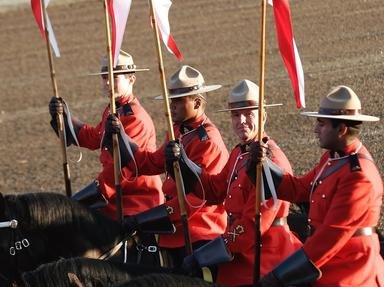Quiz Answer Key and Fun Facts
1. Immediately following the First World War, many Canadians began to express their displeasure about unemployment, working conditions and inflation. In which Canadian city did a large-scale strike take place during the spring of 1919?
2. 1919 marked the first year since its inception that the Stanley Cup was not awarded. What was the primary reason for this?
3. In 1923, Canadian scientist Frederick Banting and a Scottish physiologist working at the University of Toronto, J.J.R. Macleod, were awarded the Nobel Prize in Physiology or Medicine. For what?
4. Prohibition began earlier in some parts of Canada than it did in the United States.
5. In 1929, the Privy Council of the United Kingdom overturned a decision that had been made by the Supreme Court of Canada, on a case that had been brought forward by "the Famous Five". What did the Privy council decide?
6. The Statute of Westminster (1931) granted legislative independence to Canada and five other dominions of the United Kingdom.
7. On 28 May 1934, the world's first set of quintuplets known to survive infancy were born near Callander, Ontario. What was their surname?
8. Who were the main participants in the On-to-Ottawa Trek of 1935?
9. From 1936 onwards, who began his CBC broadcasts with, "Hello Canada, and hockey fans in the United States and Newfoundland"?
10. What did the Mackenzie-Papineau Battalion do?
Source: Author
guitargoddess
This quiz was reviewed by FunTrivia editor
bloomsby before going online.
Any errors found in FunTrivia content are routinely corrected through our feedback system.

